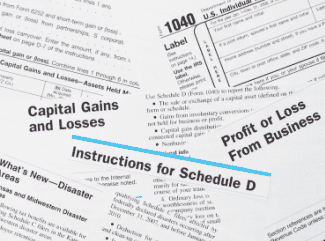Financing Remains Tight for Small Rental Businesses

Lawrence Yun, NAR chief economist, said the market is showing an uneven recovery. Å“The wheels appear to be greased for the big players, but not so much for small business, he said. Å“Overall, the commercial sectors are firming nicely, with multifamily continuing to show the best performance.
The average multifamily vacancy rate is forecast to rise 0.2 percentage point, with that sector still showing the tightest availability and biggest rent increases over other commercial sectors.
A companion report, the Commercial Real Estate 2013 Lending Survey, shows widely varying availability of lending capital depending on property size, with a significant disadvantage for buyers of smaller properties.
Commercial sales volume of major properties valued at $2.5 million and above increased 24 percent in 2012 to $294 billion. The uptrend continued during the first quarter of 2013, with a $72.8 billion volume that is 35 percent above the first quarter of 2012. Sixteen markets in the first quarter experienced triple digit gains.
Realtor commercial members report 85 percent of their clients transactions are for purchases under $2 million generally small businesses. These transactions are financed largely by private investors, along with local and regional banks, marking a bifurcation in capital availability based on property value.
Å“Despite the improvement for major commercial properties, 52 percent of Realtors report they had a commercial transaction fail in the past year due to a lack of financing, Yun said. Å“In addition, 42 percent of respondents said clients failed to complete a refinancing. Credit for small business remains unnecessarily tight.
Commercial members report that new and proposed U.S. legislative and regulatory initiatives, and regulatory uncertainty for financial institutions, account for the lack of capital in commercial lending for smaller properties.
NARs latest Commercial Real Estate Outlook offers overall projections for four major commercial sectors and analyzes quarterly data in the office, industrial, retail and multifamily markets. Historic data for metro areas were provided by REIS, Inc.,a source of commercial real estate performance information.
Multifamily Markets
The apartment rental market ” multifamily housing ” should see vacancy rates edge up from 3.9 percent in the second quarter to 4.1 percent in the second quarter of 2014; vacancy rates at less than 5 percent are described as a landlords market, with demand justifying higher rents.
Areas with the lowest multifamily vacancy rates currently are New Haven, Conn., at 2.0 percent; New York City, 2.2 percent; and Minneapolis and San Diego, each at 2.3 percent.
Average apartment rents are likely to increase 4.6 percent this year and another 4.6 percent in 2014. Multifamily net absorption is expected to total 276,300 units in 2013 and 243,800 next year.
The Commercial Real Estate Outlook is published by the NAR Research Division. NARs Commercial Division, formed in 1990, provides targeted products and services to meet the needs of the commercial market and constituency within NAR.
With AAOA, landlords have resources at their fingertips. Check out our new Landlord Forms Page.
American Apartment Owners Association offers discounts on products and services for landlords related to your rental housing investment, including rental forms, tenant debt collection, tenant background checks, insurance and financing. Find out more at www.joinaaoa.org.















 Accessibility
Accessibility